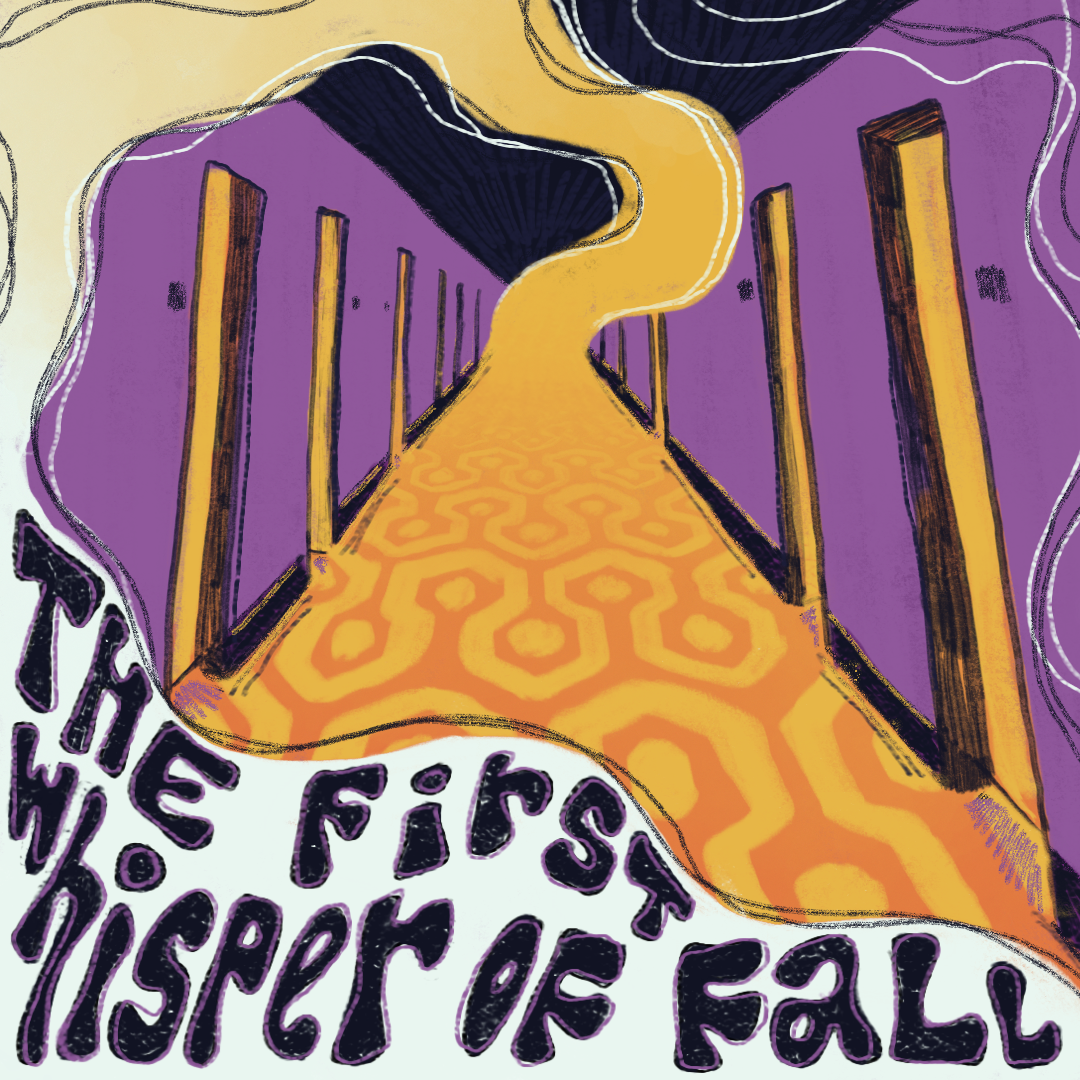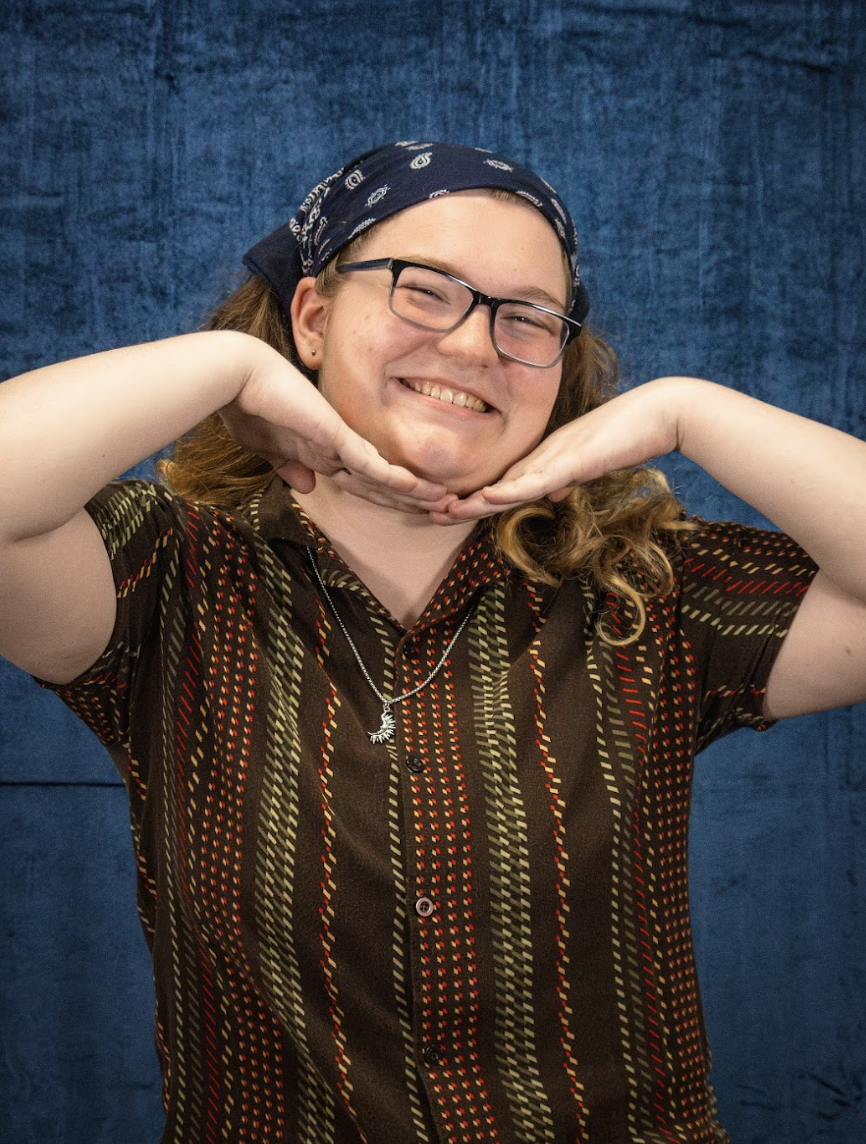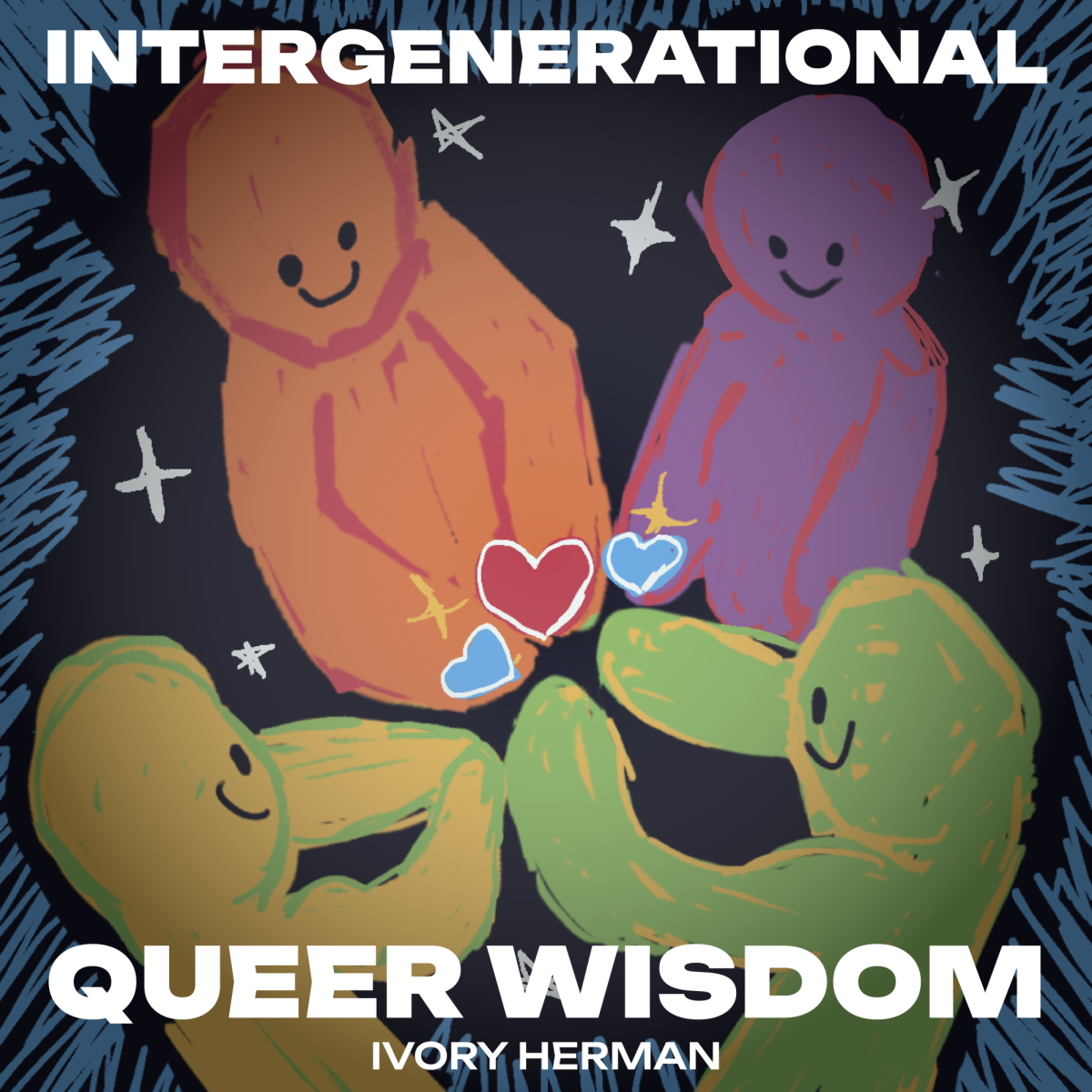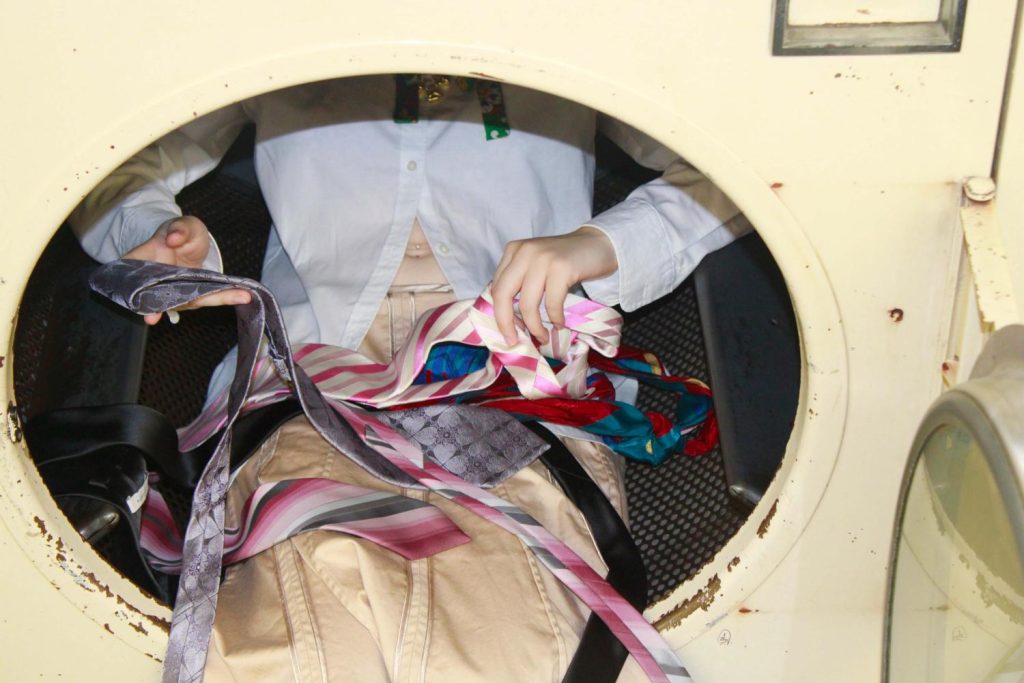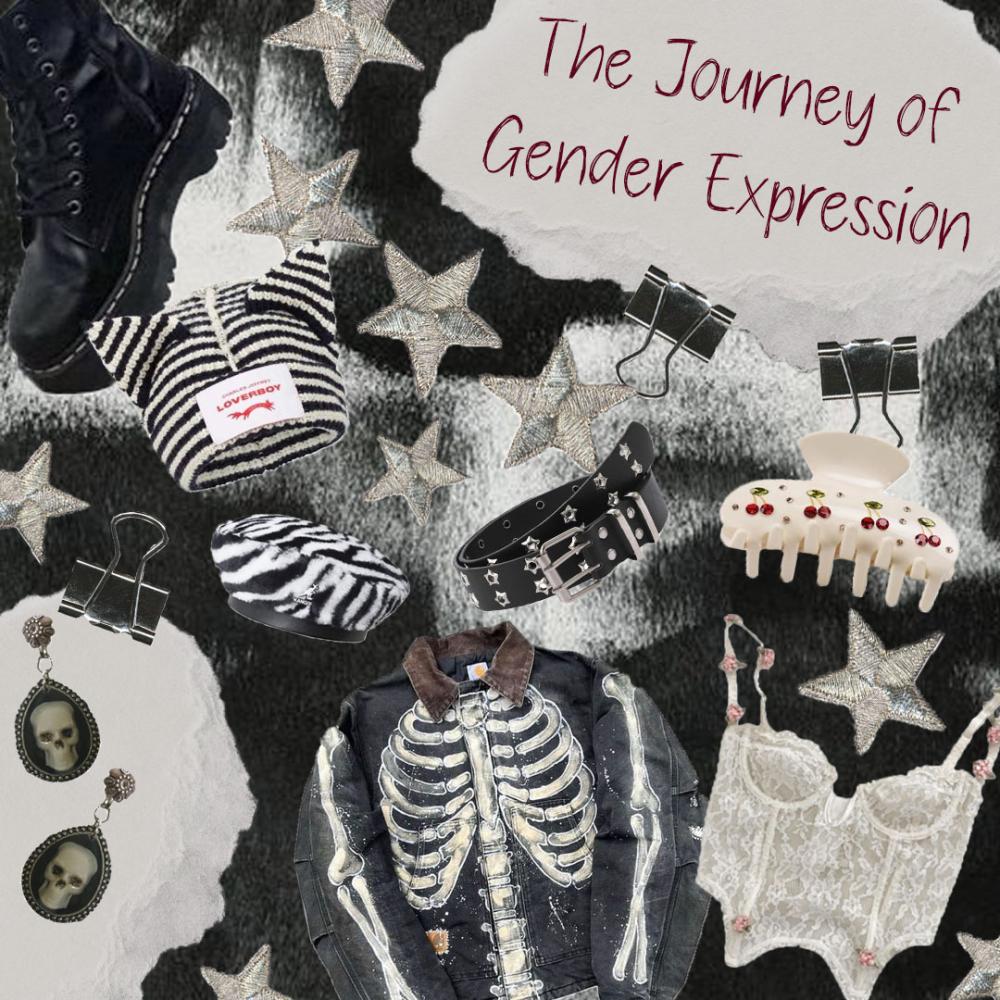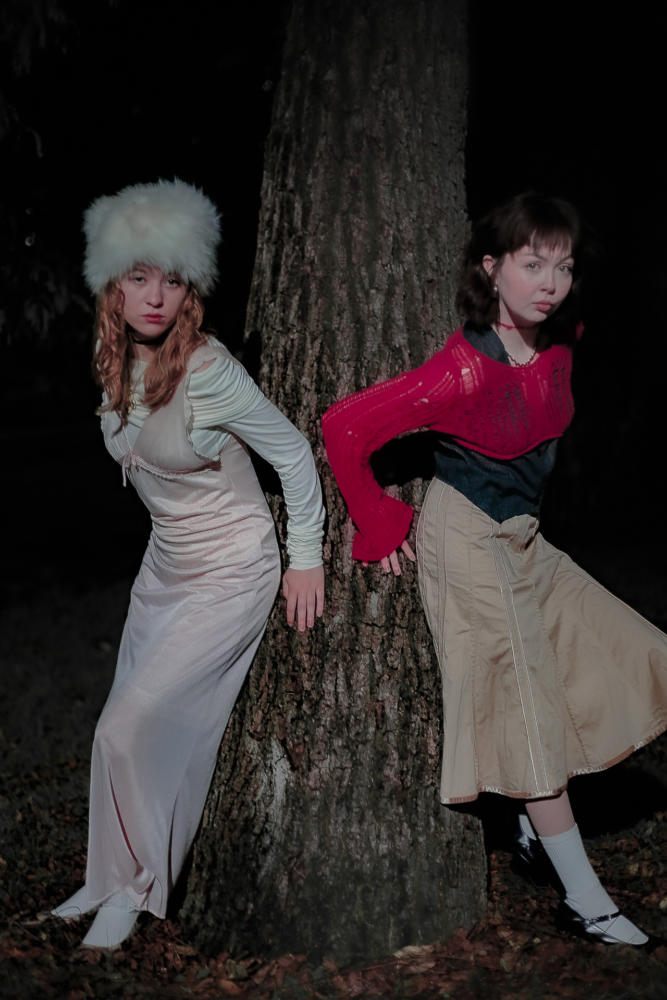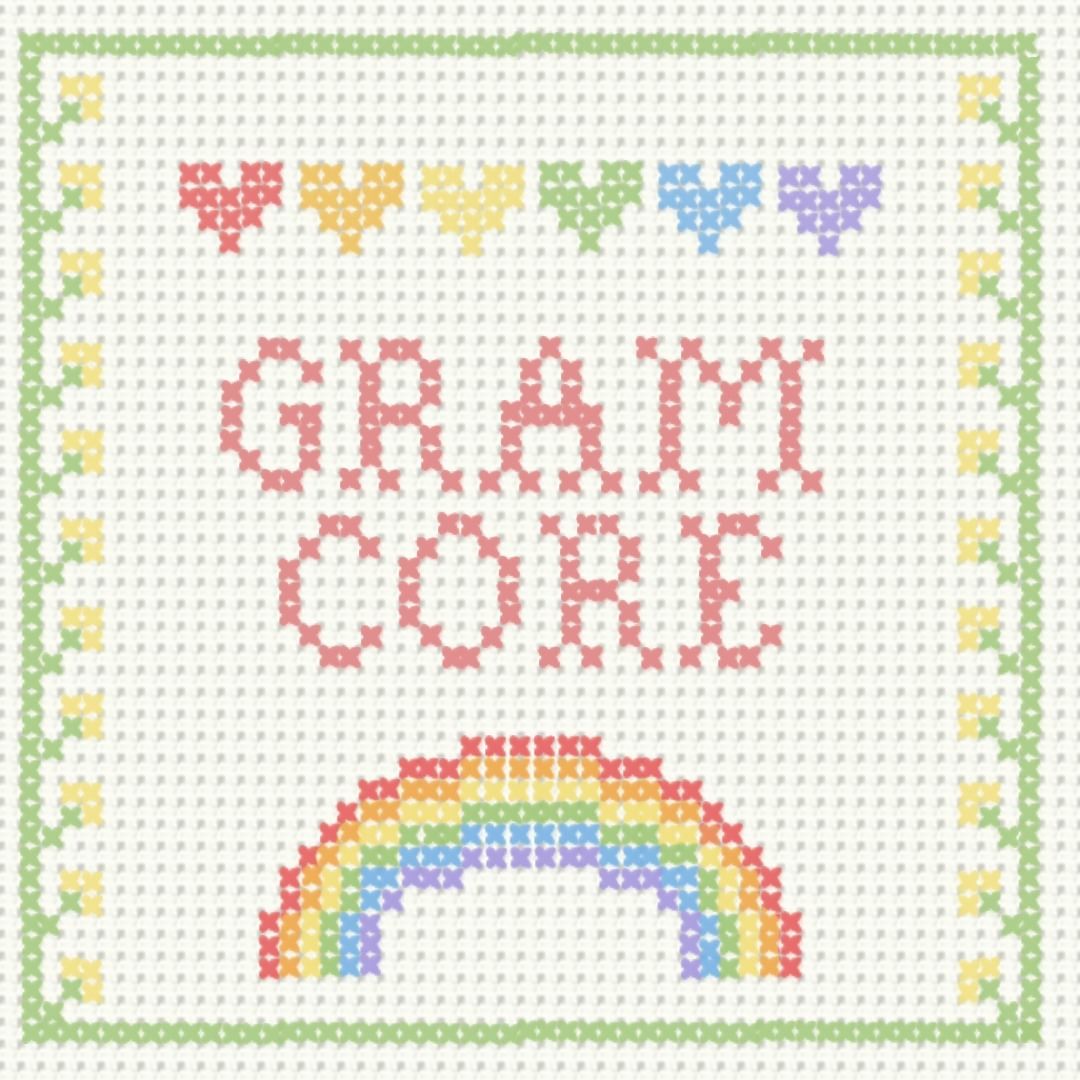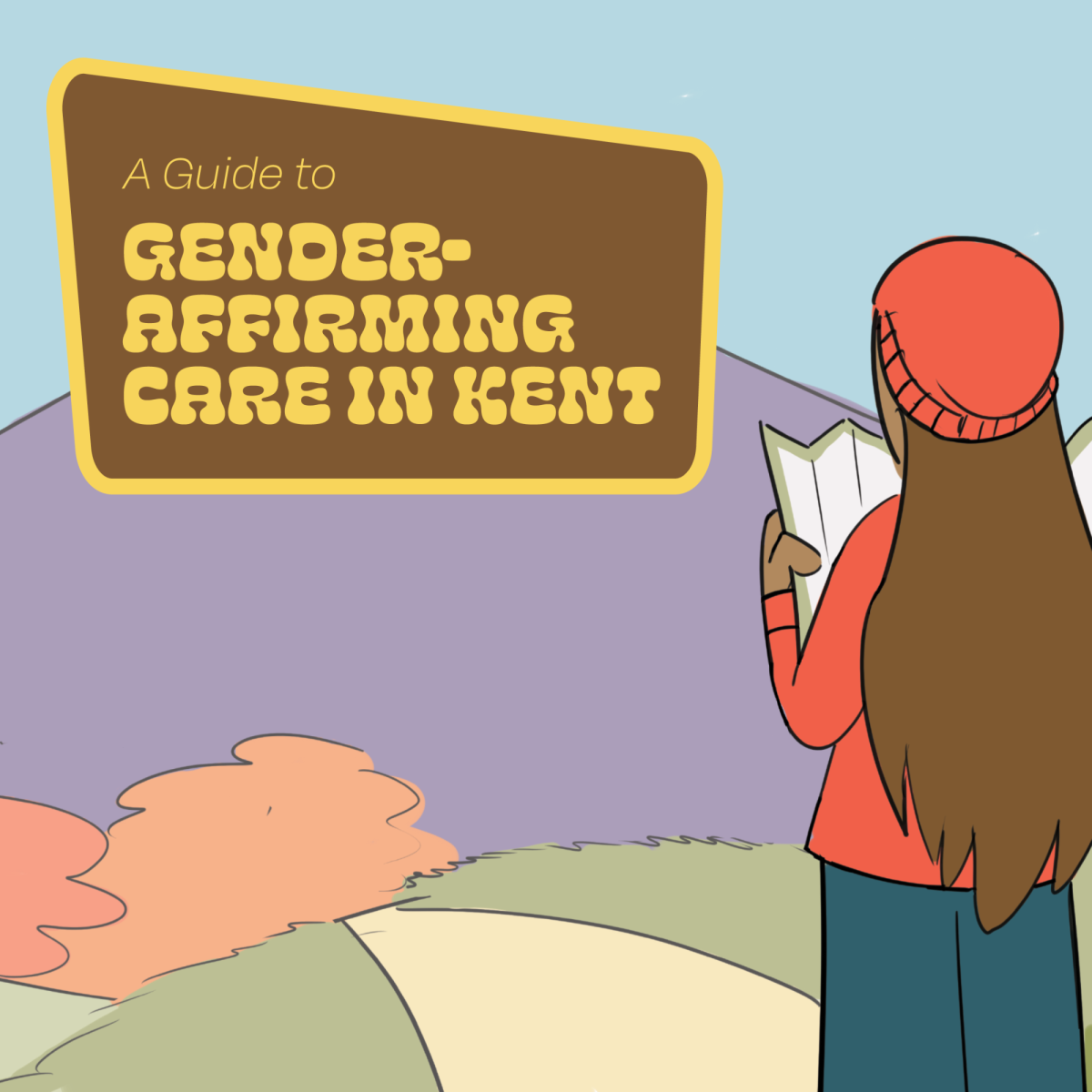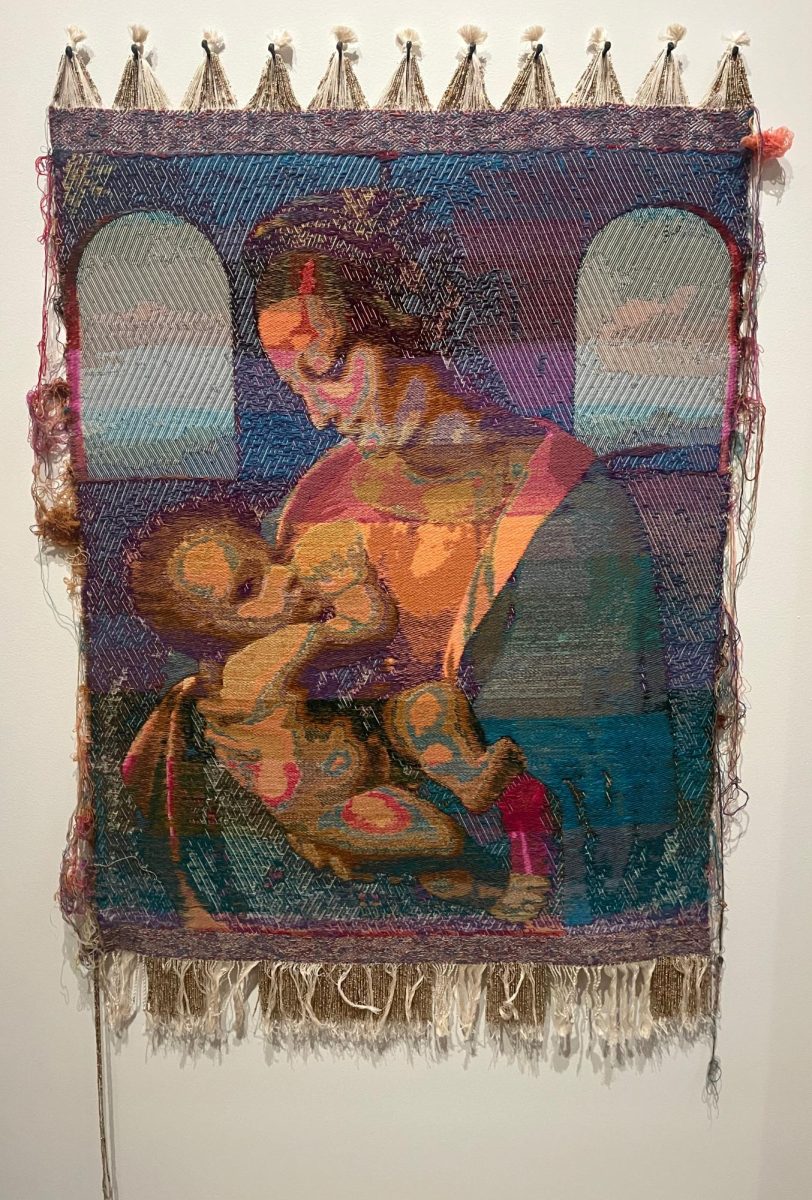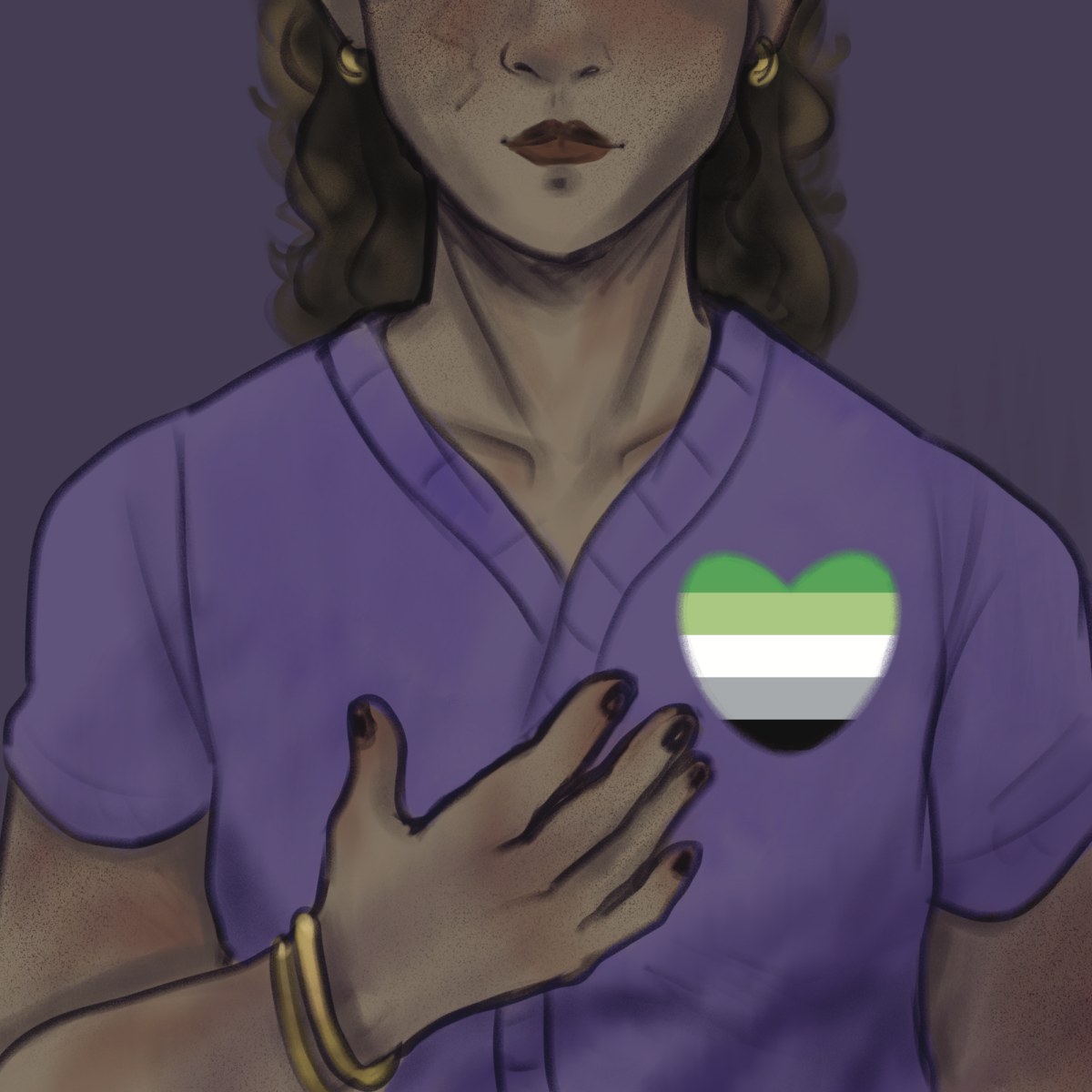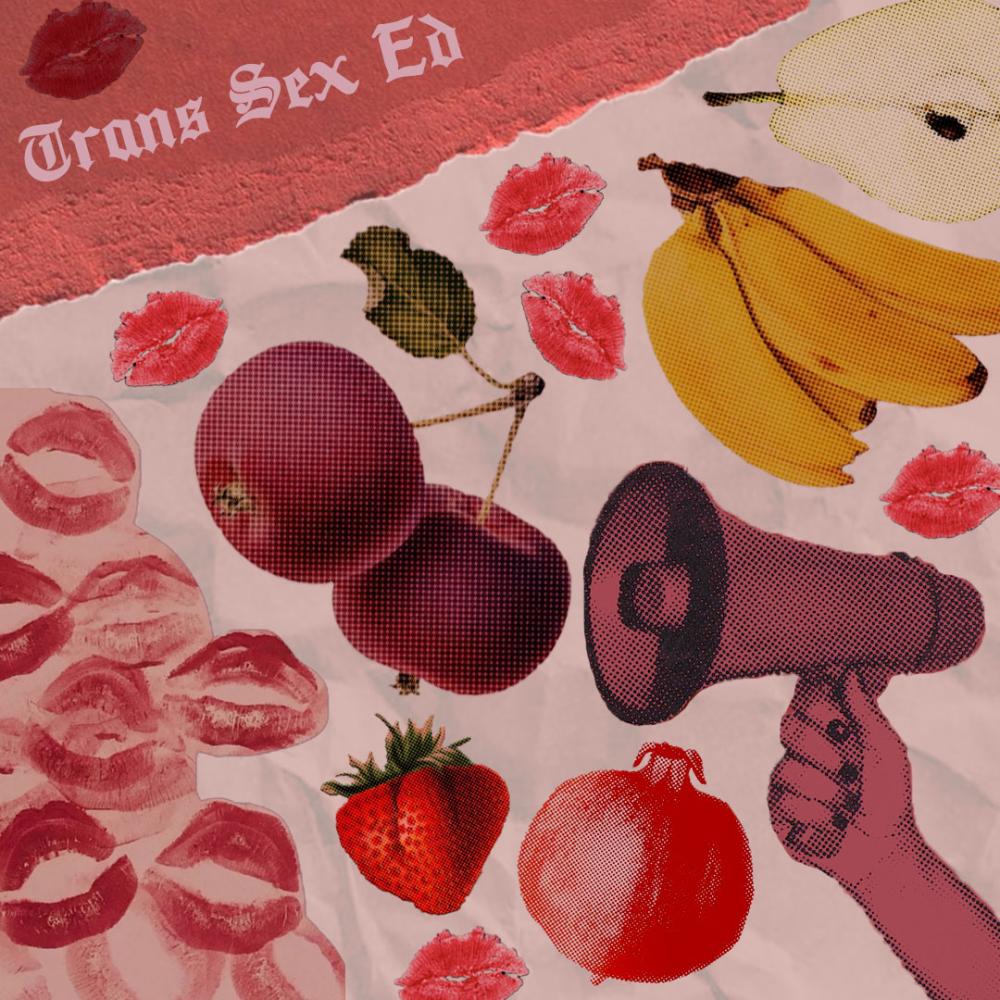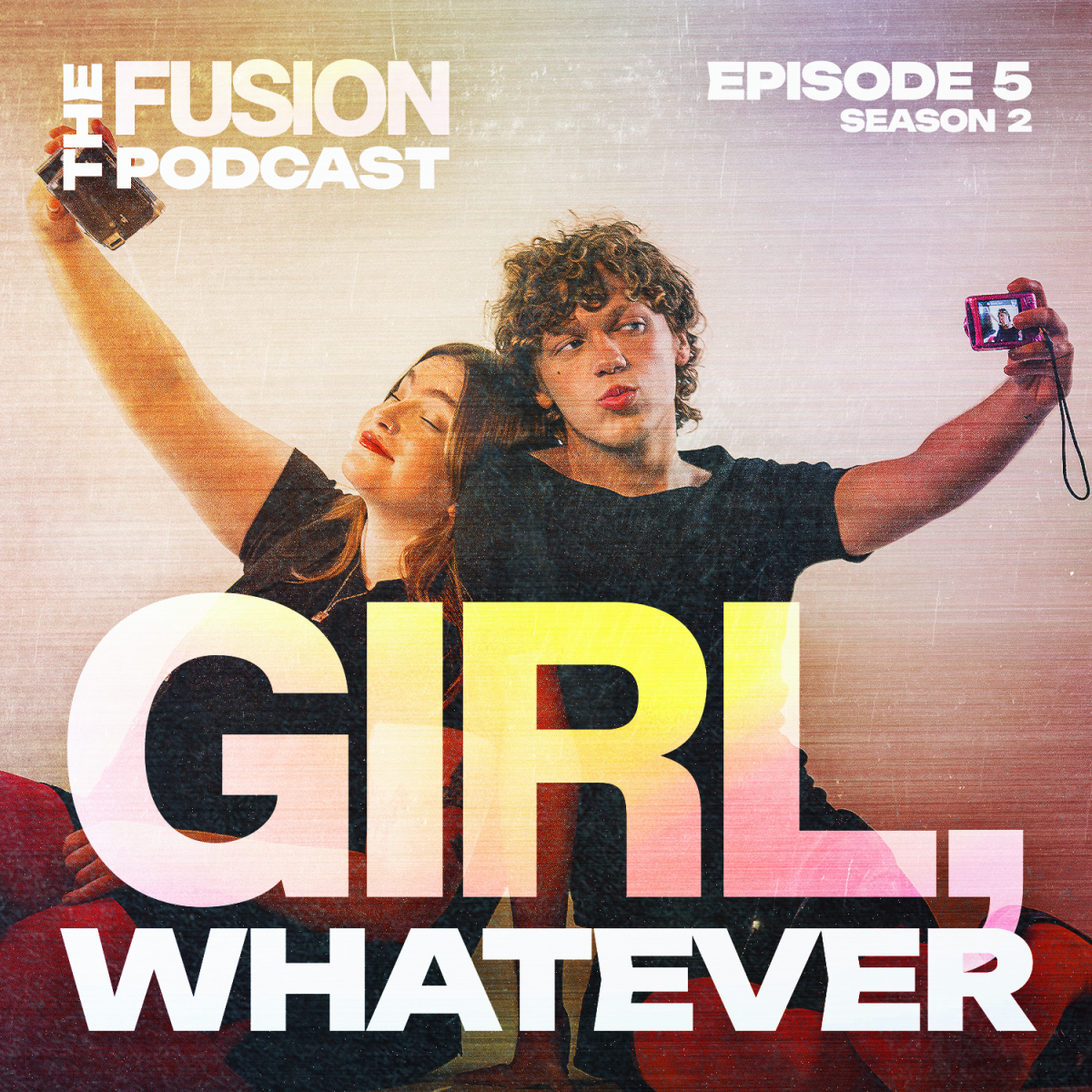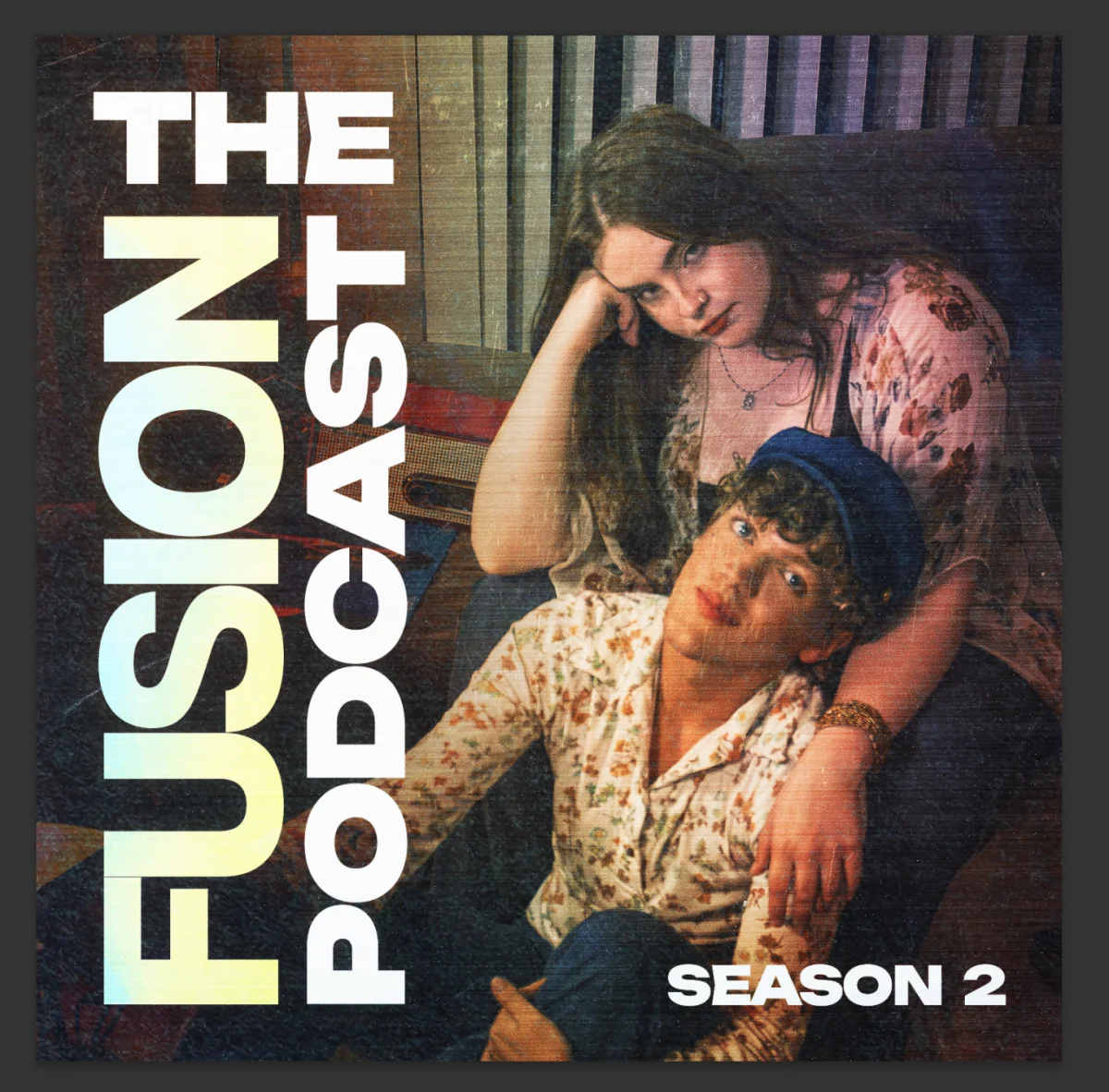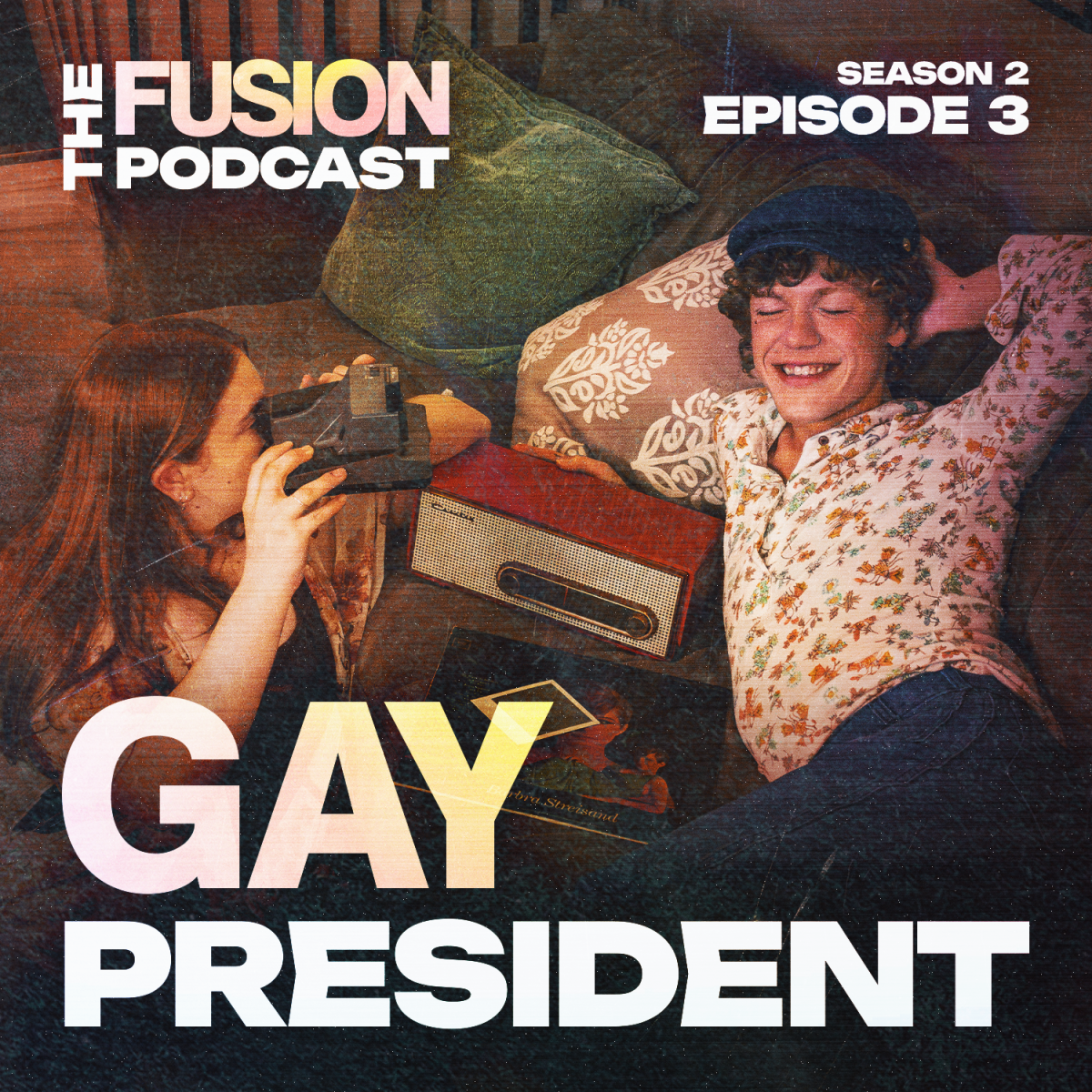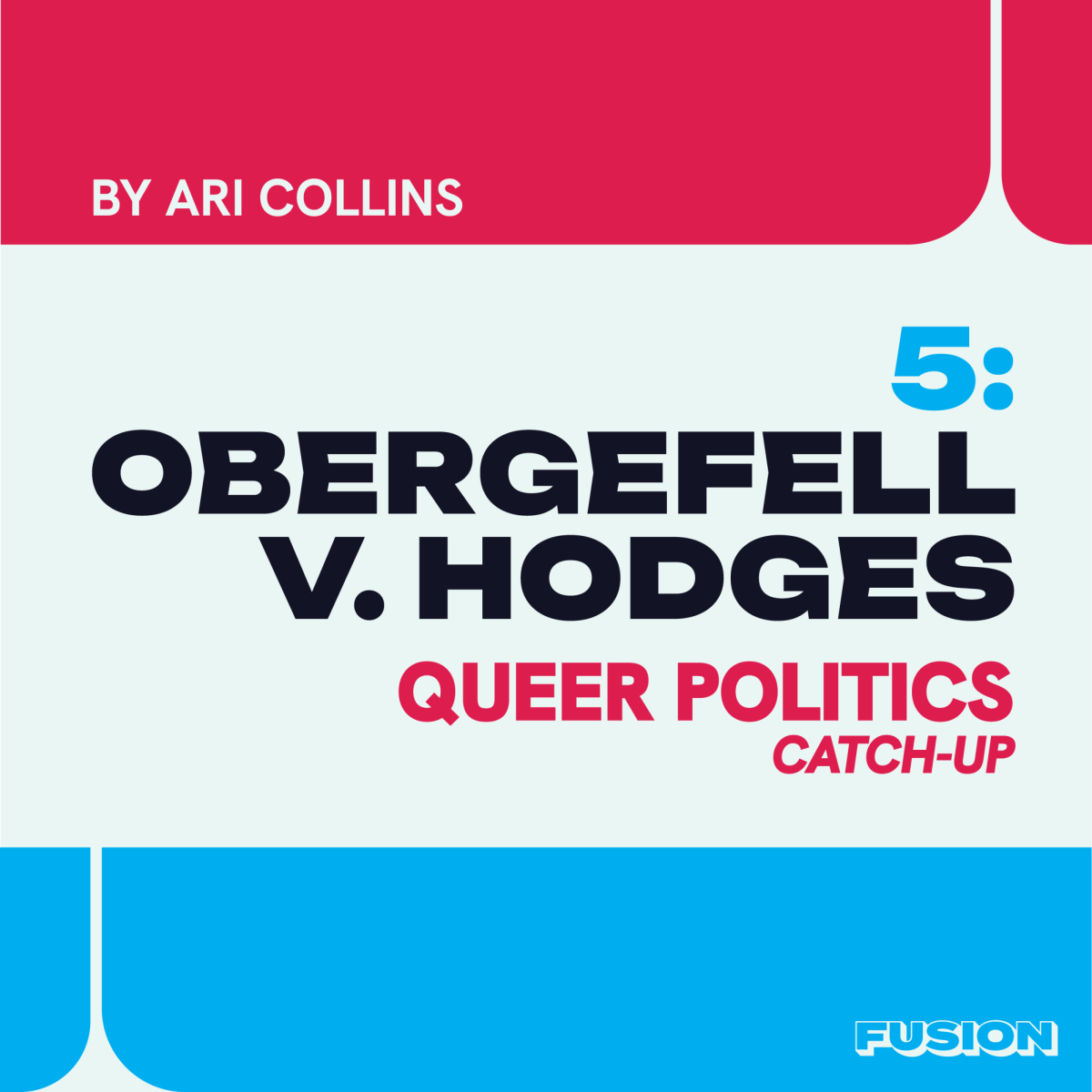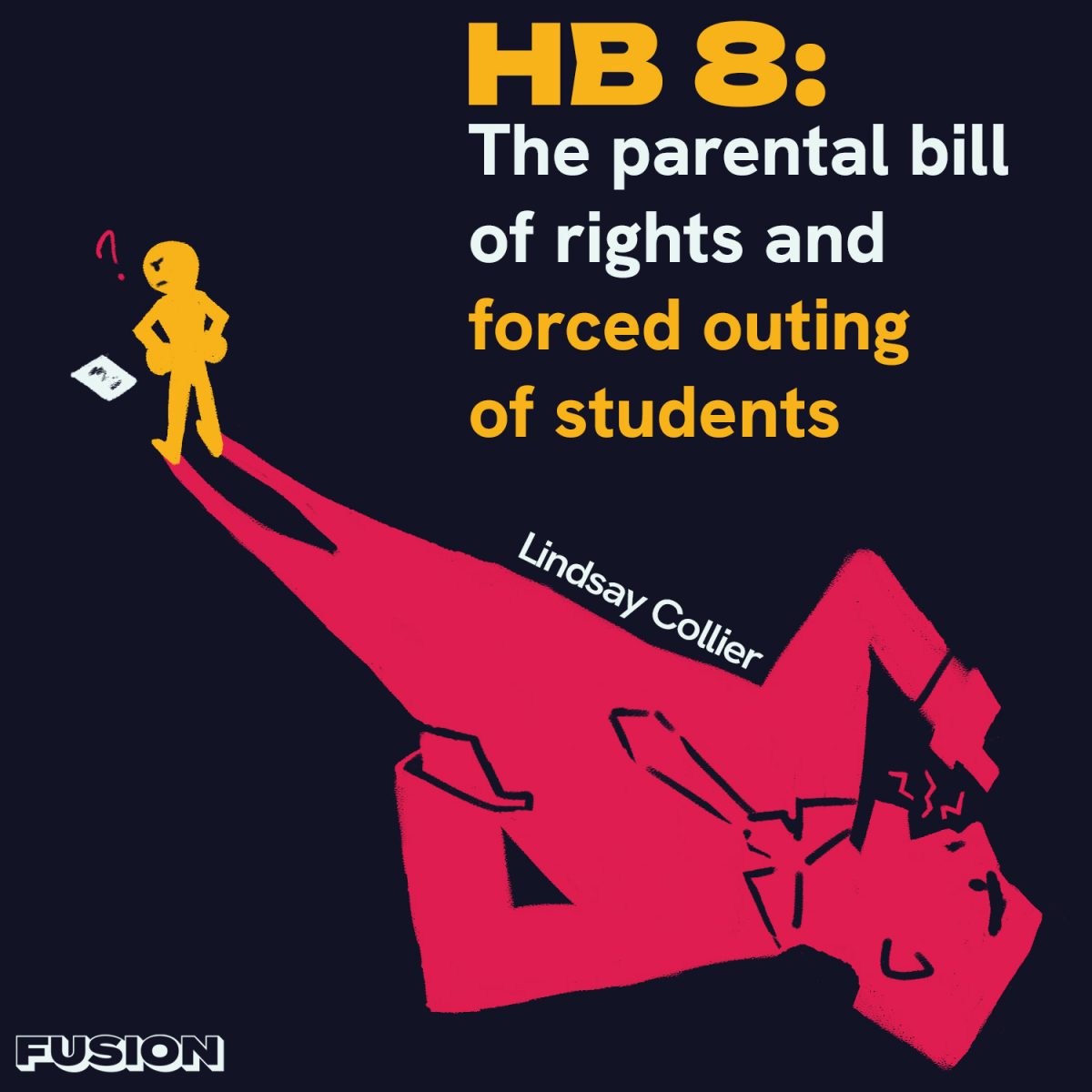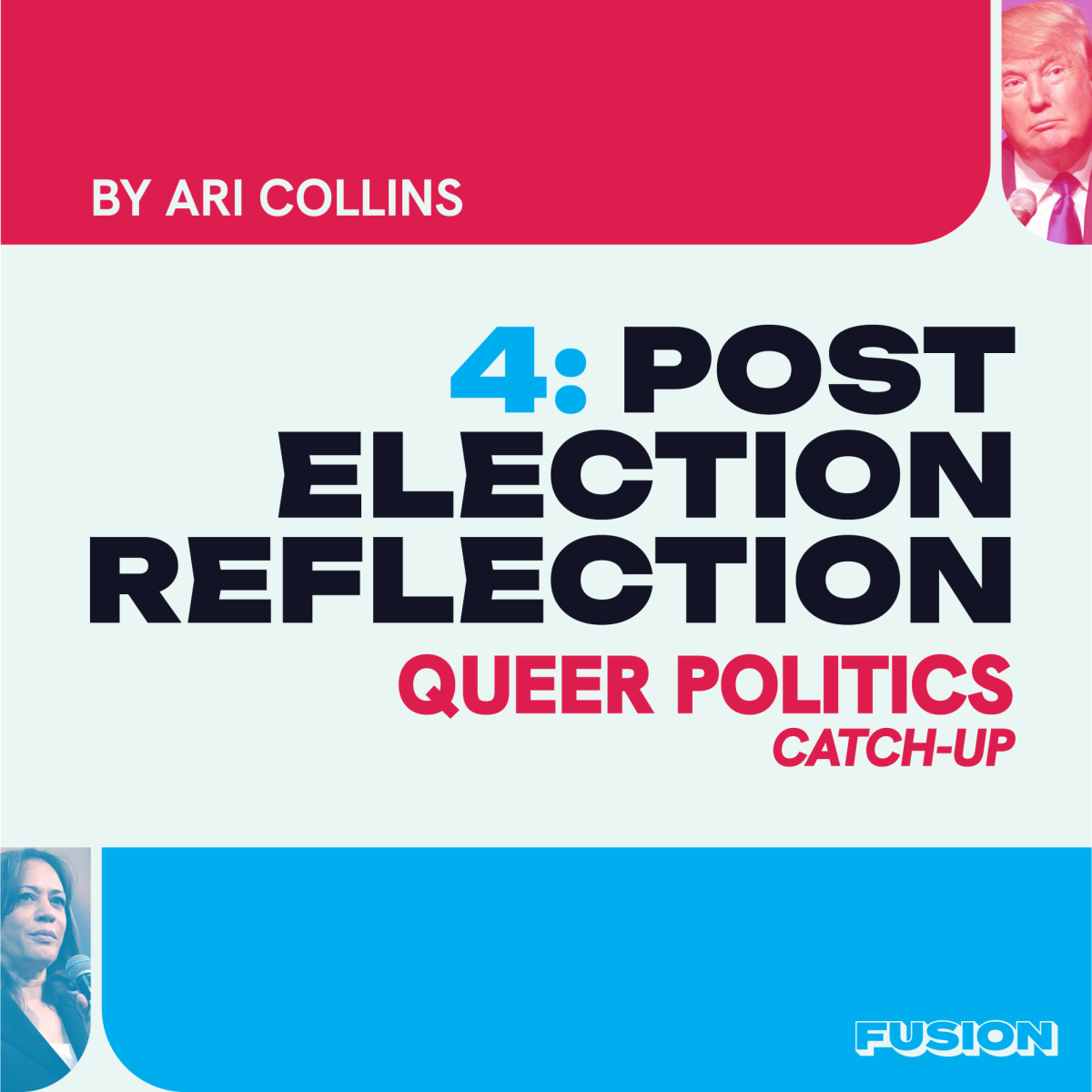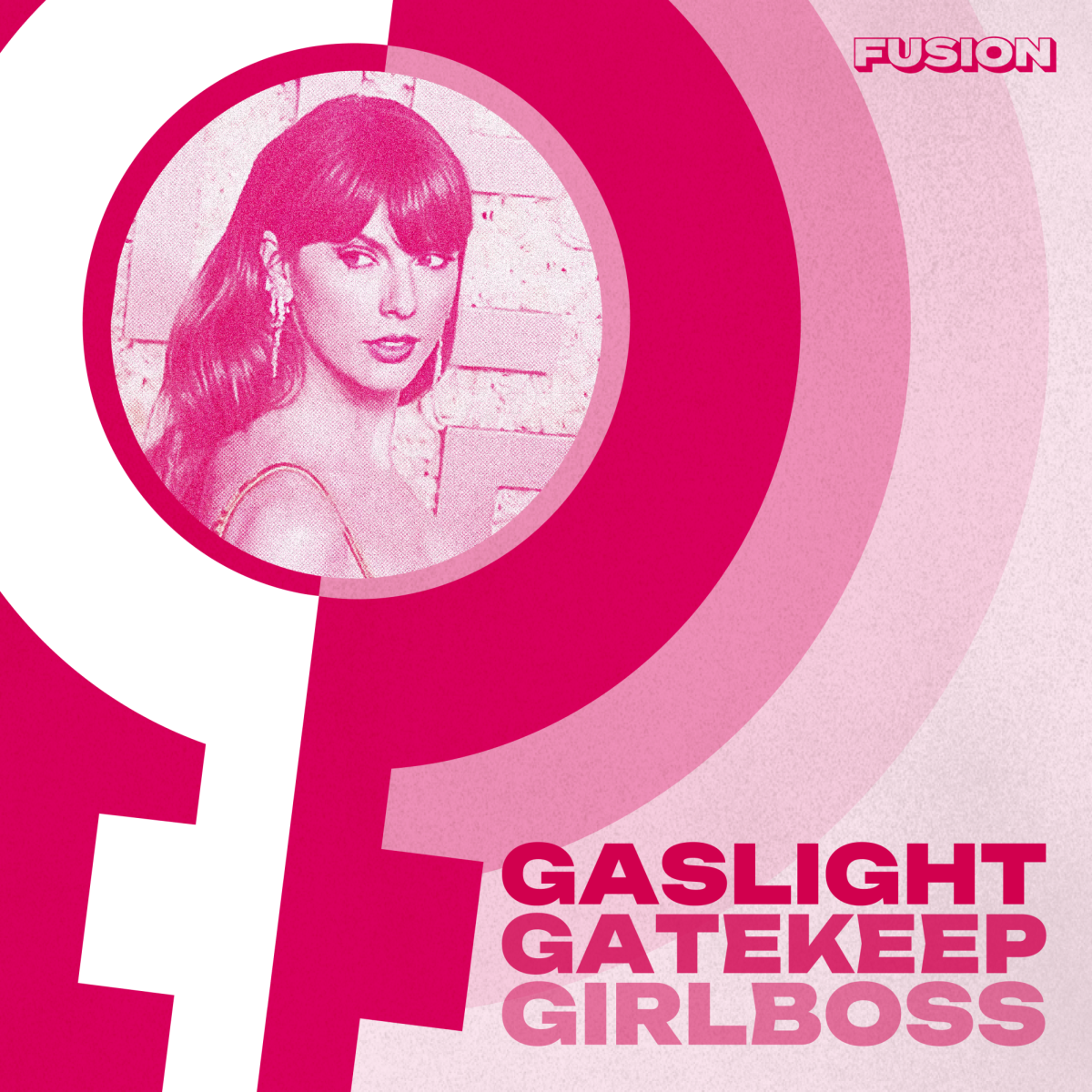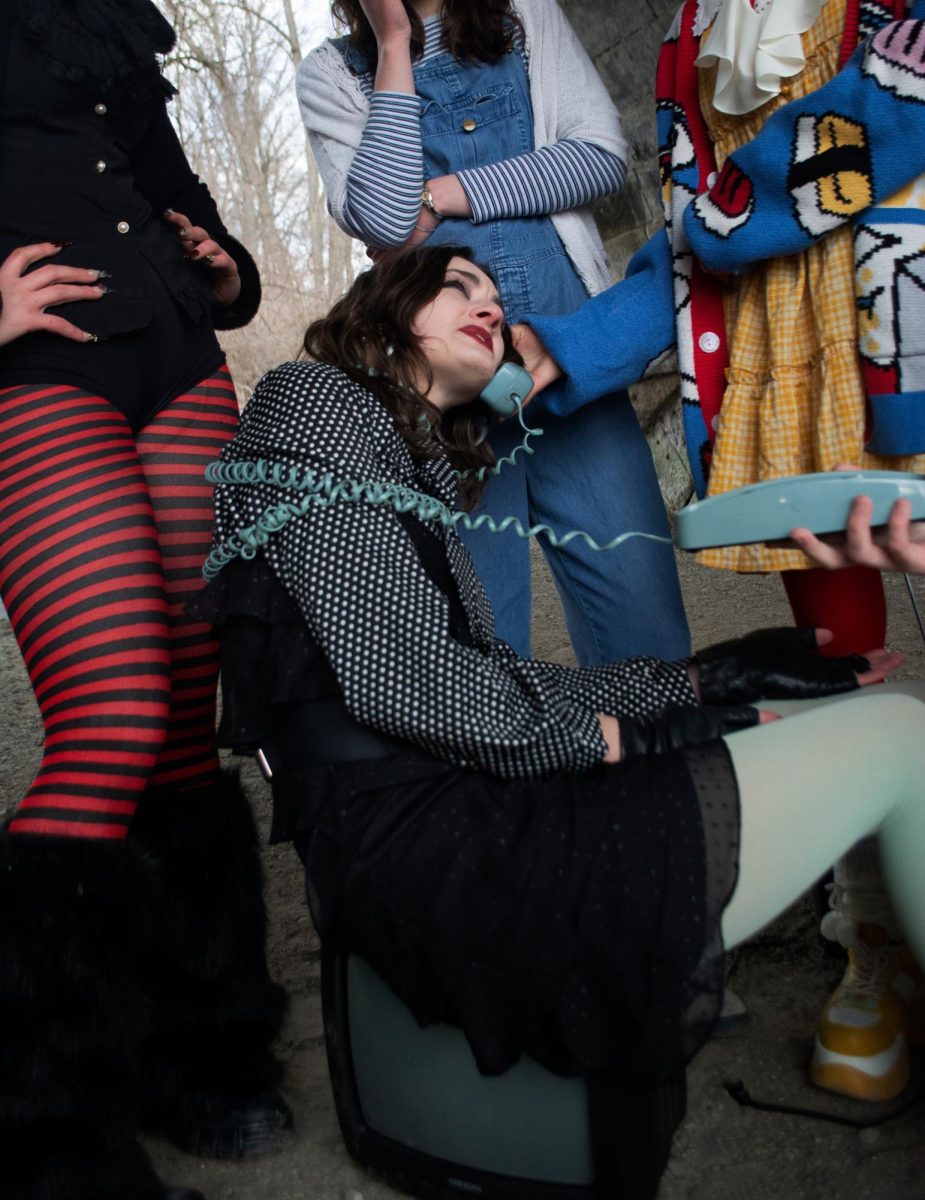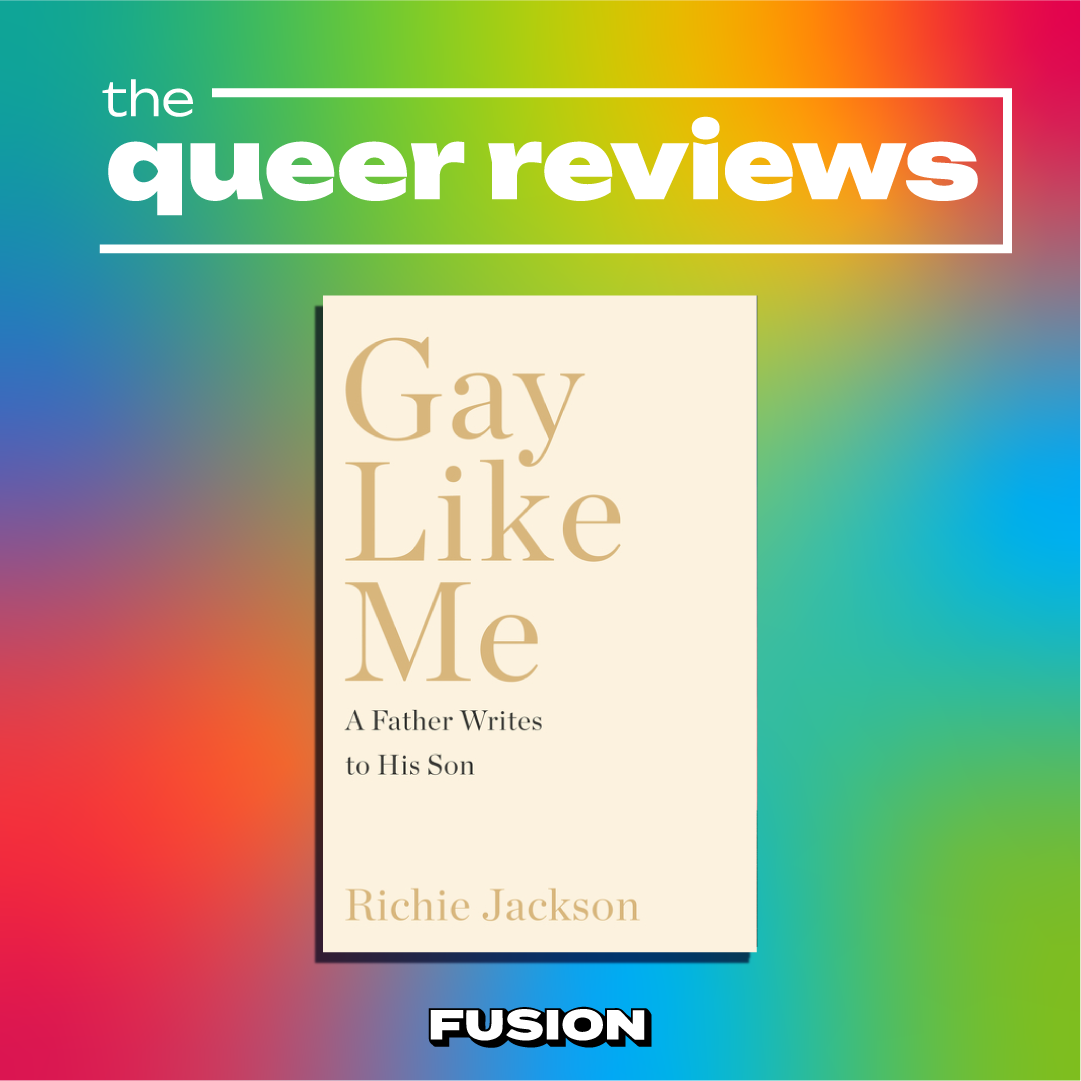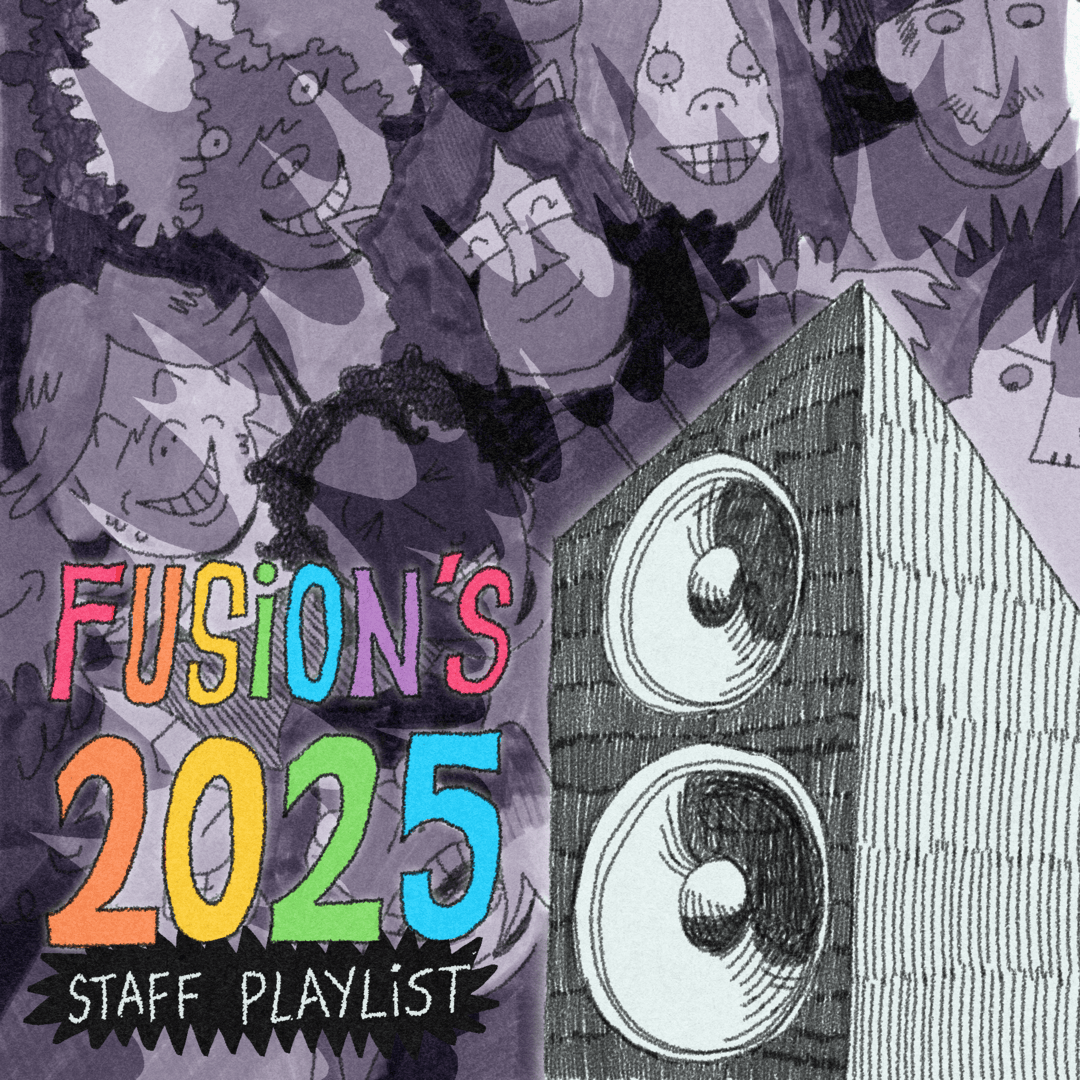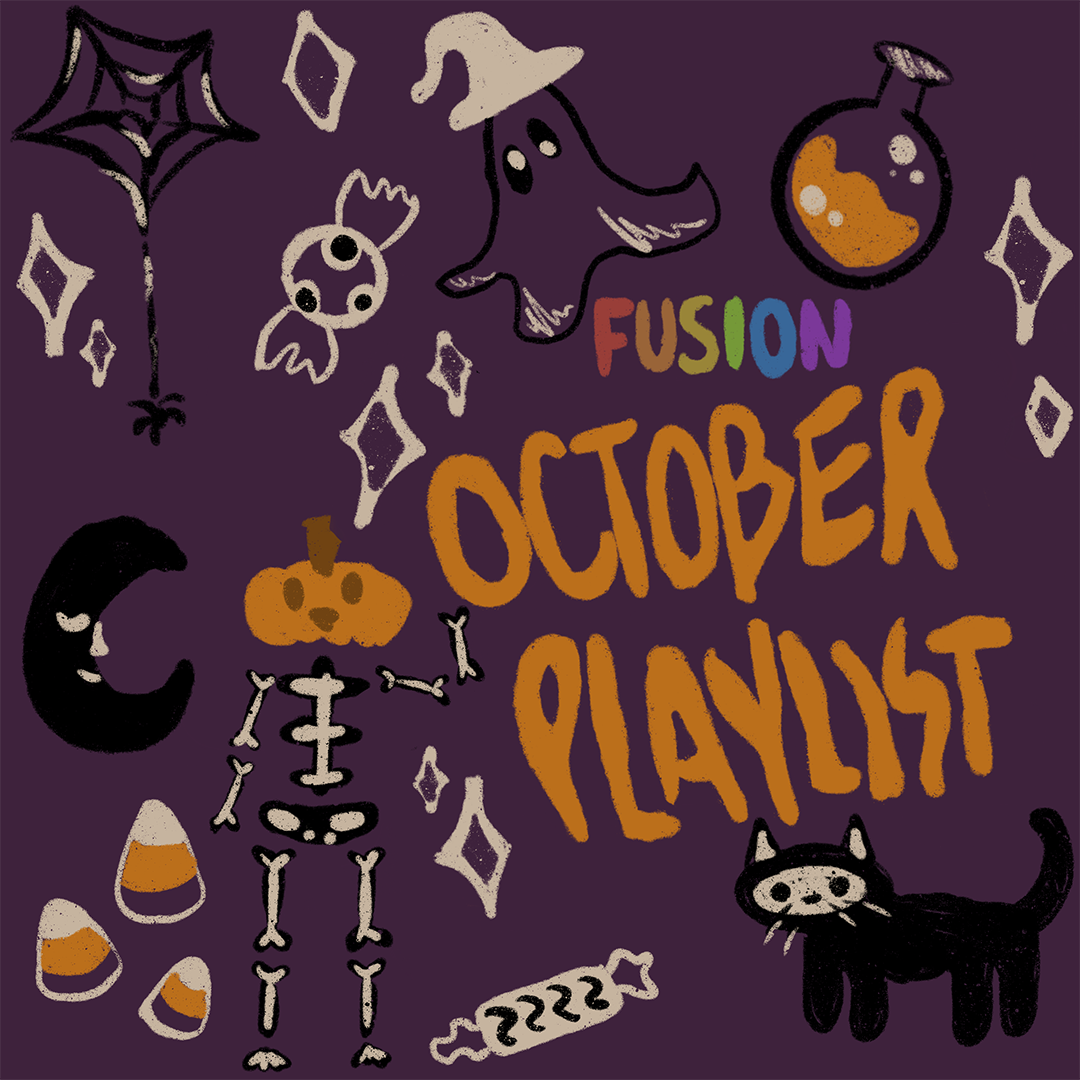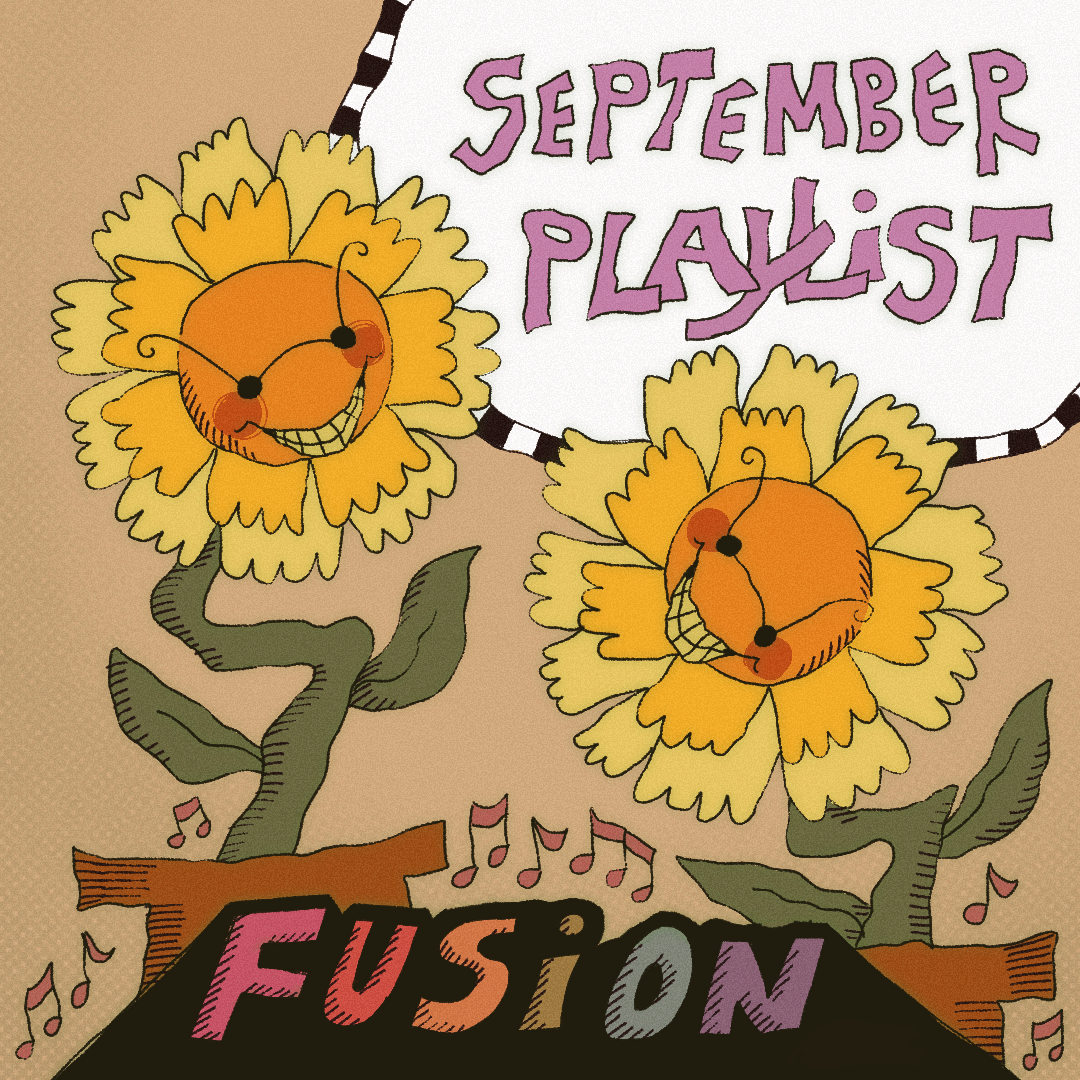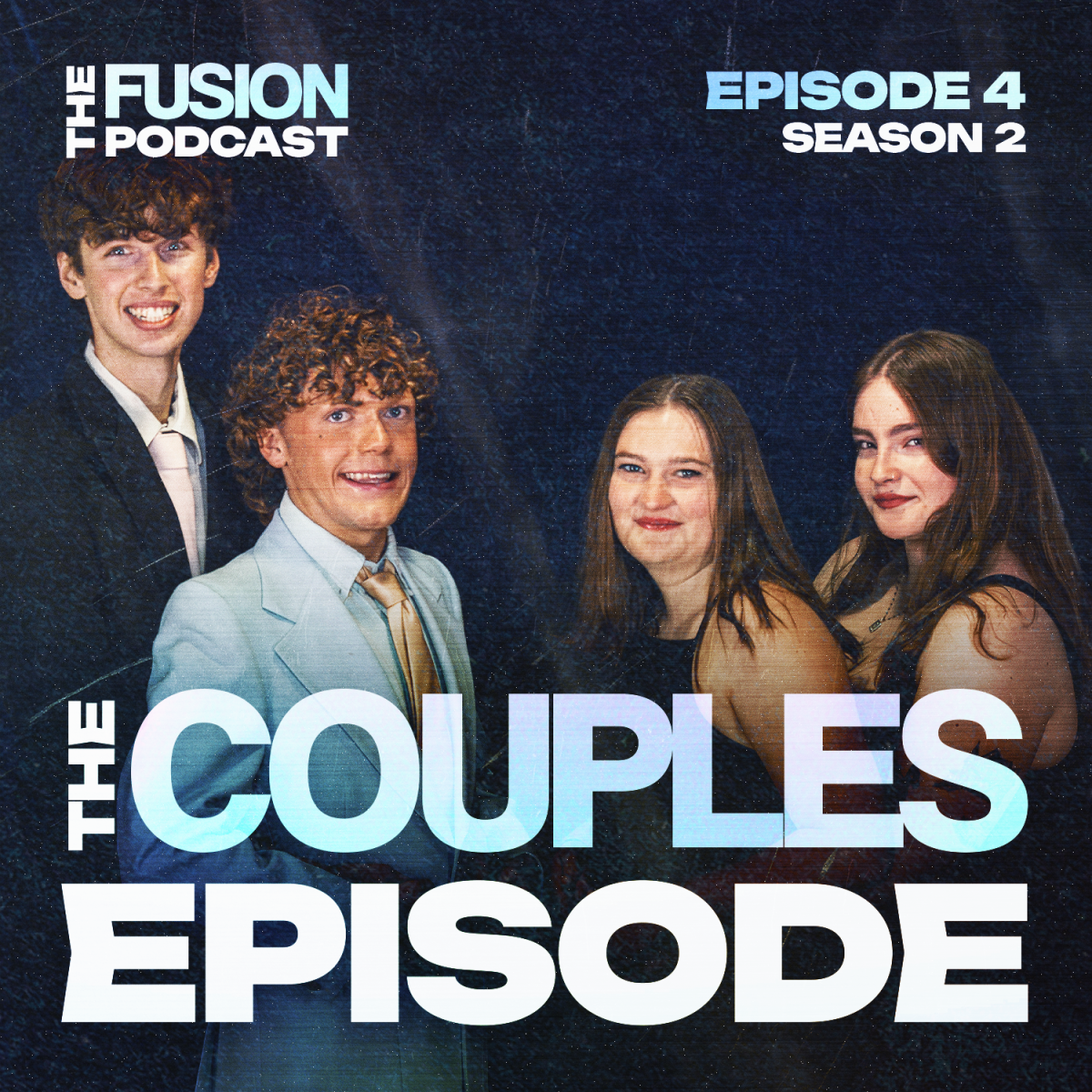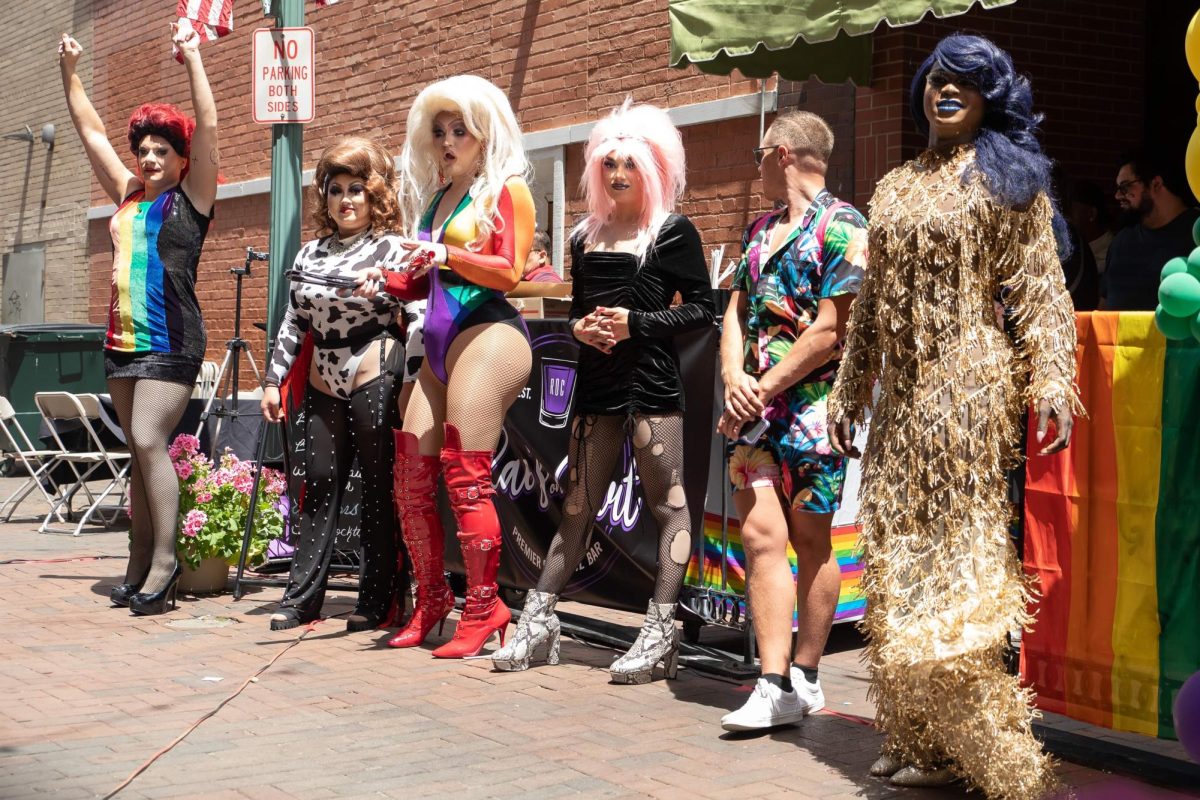Once upon a time, a little prince was born in a conservative town in Pennsylvania. Among the fellow members of his town, the prince was known as an artistic kid. As he grew up, he realized he was more than only that. The prince was also meant to be a queen, a drag queen.
Griffin Hess’ favorite subject in school was art. In kindergarten, he would show his drawings to people and ask them what they liked about it. In elementary school, his colleagues would ask him for help with their Homecoming floats and decorations. In high school, he was the kid with a very detailed Halloween costume.
From the middle of September to the end of October, Hess felt a freedom he did not have throughout the rest of the year. He could finally walk out of his bathroom with makeup on.
“I was just all in for that time of year,” Hess said. “People were like, ‘He’s just going to wear a very elaborate costume and sit in it for eight hours at school. It’s just what he does.’”
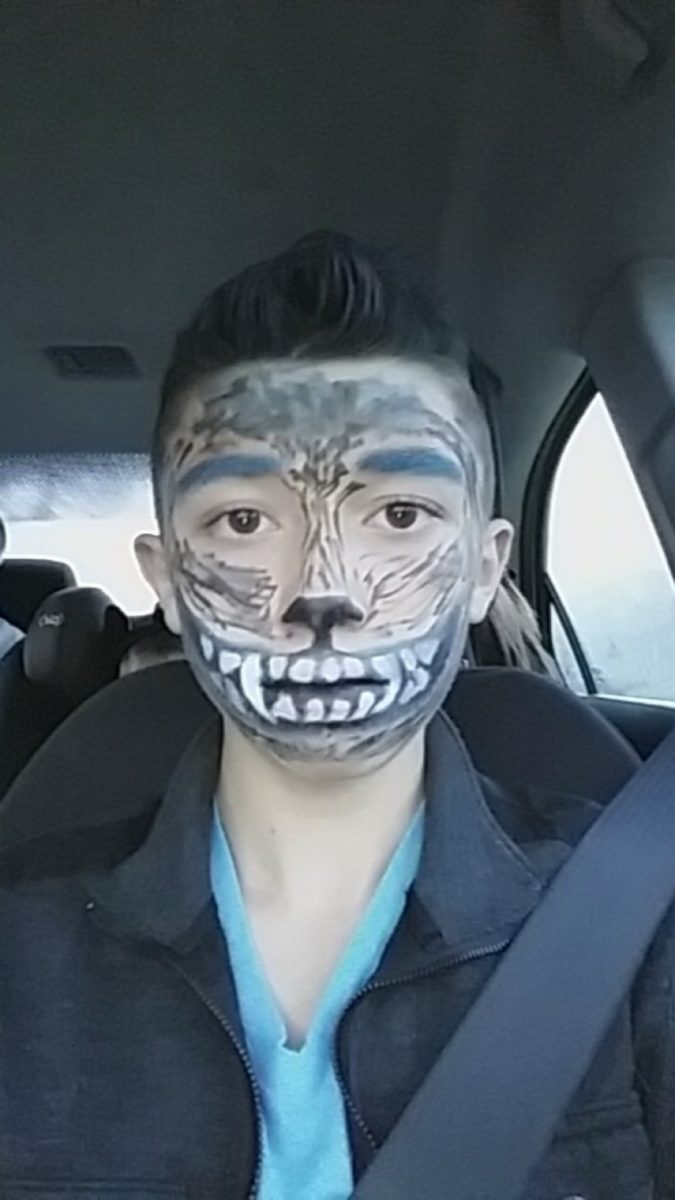
Hess improved his makeup techniques by practicing, watching hours of YouTube videos, and adding his painting skills. His first optical illusion makeup was a ventriloquist dummy and, the following year, the Cheshire Cat.
While some people wore cheap face paint sets on Halloween, Hess used real makeup products.
He kept that a secret. He liked taking pictures of his makeup, but at first, he would not take them, so there would be no proof.
His closest high school friend, Alexis Shall, was the first person he told about his interest in makeup.
“She was the one who told me to watch [RuPaul’s] Drag Race and wondered if I could do drag makeup,” Hess said. “And I was like, ‘Oh, I wonder if I can.’”
Shall and Hess grew up in the same town. She remembers him playing with dresses in a store’s home section as a kid.
She started watching RuPaul’s Drag Race as a high school freshman and knew Hess would enjoy it because of the show’s humor and the creativity of the drag artists. Every season finale, they would meet and have their own watch party.
Shall mentioned she did not know how to help her friend with his interest in drag, but she was happy to see him explore it and lent him dresses so he could try them on.
“In one of our yearbooks, I signed, ‘I can’t wait to see you perform on the big stages,’” she said. “I always thought he would be a performer.”
In January 2022, before Ohio Republicans introduced legislation restricting where drag artists can perform, Hess went to a bar in Canton, Ohio, and performed for the first time as a drag queen. It was Hess’ sophomore year as a studio art student at Kent State University, and his memories of that day are imprinted on his mind.
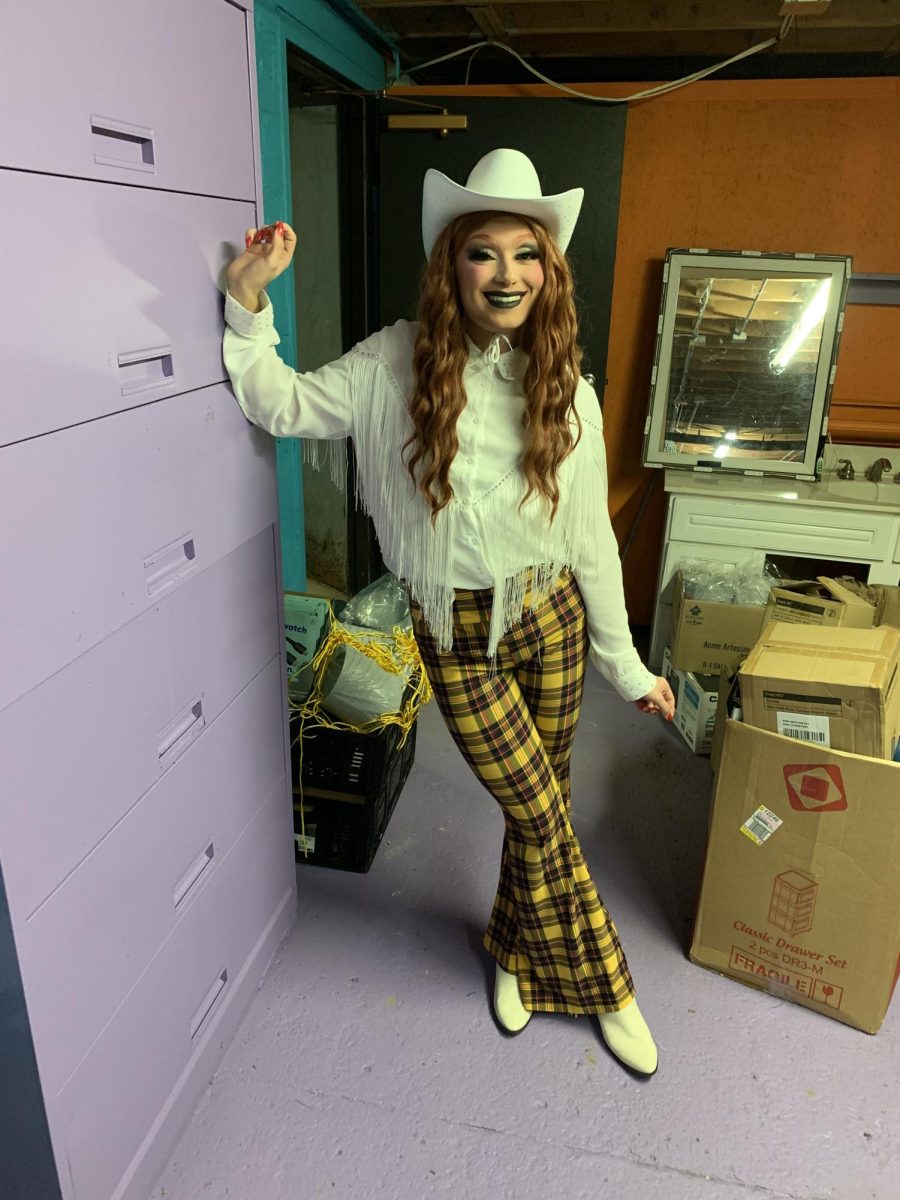
Hess mentioned he was anxious throughout the night. And moments before he got on stage, he was furious. The show host announced his turn to perform sooner than he expected.
He thought someone had changed his turn to perform to encourage him since it was his first time, but later, he found out it was a mistake. Hess was embarrassed and wondered why he was doing that, but he knew he needed to go through it to learn from the experience.
“You’re not going to learn how to be a drag queen by reading it in a book. You have to do it to learn it,” he said. “It was not a good performance, which is okay because drag is art.”
He added that if artists don’t feel embarrassed by what they did when they started, it means they haven’t improved.
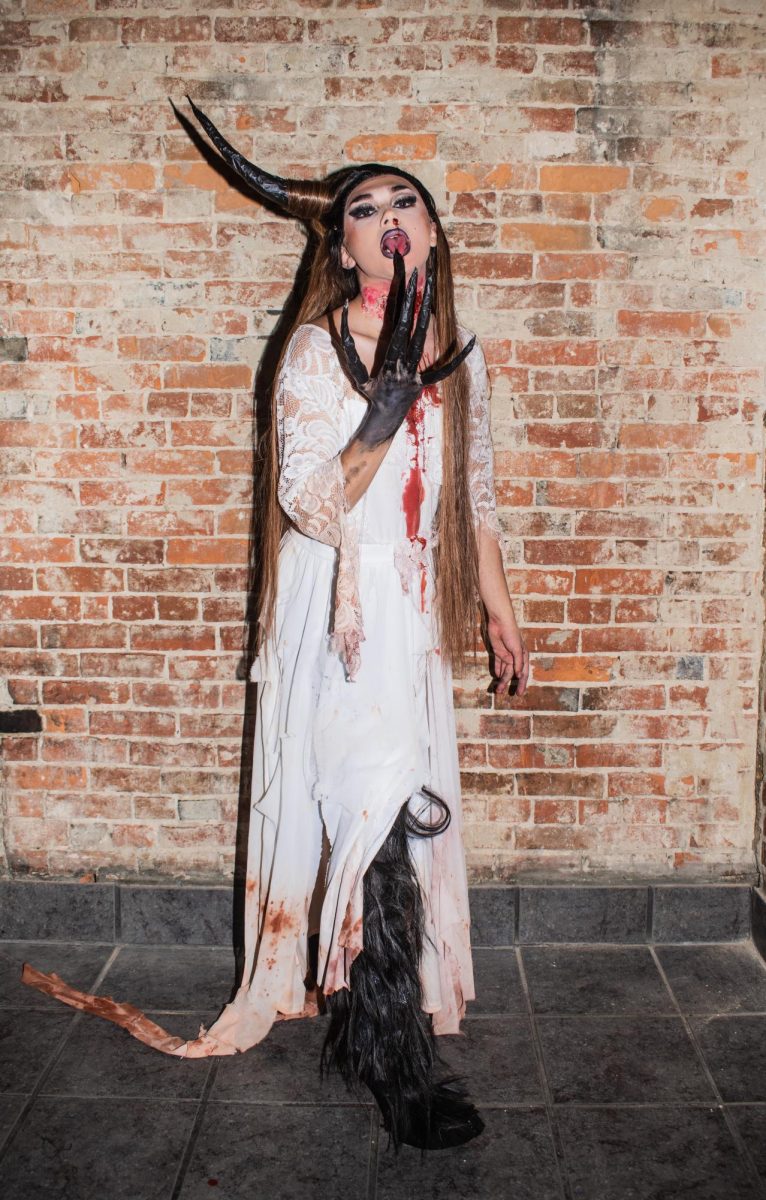
Hess developed his drag persona, Rosie Quartz, as a seductive grunge witch. While in drag, he goes by she/her pronouns. Quartz’s performances are inspired by Hess’ admiration of the grunge movement of the 1990s, Riot Grrrl, Kurt Cobain and Courtney Love. She is a siren who uses traditional burlesque movements mixed with a punk and edgier style in her performance.
Hess picked songs, learned their words, set up his phone, and hit record to teach himself how to dance. But those videos haunt him because he feels embarrassed while watching them.
He mentioned that Quartz is focused on aesthetics and looks instead of dancing, tricks and splits during a performance.
He used his knowledge of color theory to style hair and wigs. When he is not working on Quartz’s wigs, he gets paid to style, restyle, reset and clean wigs for other performers in Ohio. The longest time he has ever spent on a wig was around 12 hours.
Drag combines everything he has always been interested in, such as music, makeup and fashion.
“A big part of my identity as an artist is that I am queer, and I like to incorporate that in my artwork as much as I can,” he said. “In my opinion, drag is the ultimate queer art form.”
At one of Quartz’s performances at the Burnt Pickle in Kent, Ohio, she danced to “I’m Not a Vampire” by Falling In Reverse. This wasn’t one of her usual performances, as she had a little surprise for the audience.
As Quartz moved around the stage, pretending to stumble, tossing her hair and trembling on her knees, she stopped for a moment to reach a bucket right next to the stage.
As the song lyrics played, “Hi, my name is Ronnie. I’m an addict. Daddy should’ve never raised me on Black Sabbath,” Quartz took fake blood from within the bucket and spread it on her face and upper body in the middle of the stage. As people shrieked, she walked around the bar to collect tips and engage with her audience.
Hess prefers to refrain from performing at family-friendly events. He enjoys performing at 18+ and 21+ events to represent Quartz as her authentic self.
However, three months after Hess’ first performance as Quartz, he was invited to perform at the Stark Pride Festival in Canton, Ohio. He was unsure if that opportunity made sense for him as an artist because it was an all-ages show that required him to change Quartz’s sensual style.
He was told it was a chance to promote Quartz’s name, gain experience and receive a paycheck. Then, he decided to do it.
“It was a challenge for me to find something that represented myself authentically as an entertainer while remaining family-friendly,” Hess said.
He practiced watering down Quartz’s performance so it would not include seductive movements, but she would remain an entertaining witch. He chose a rock and roll song without major profanity and tried to incorporate more comedy into the act. He also adjusted Quartz’s outfit for the event by wearing clothes that covered more of the body.
Hess enjoyed his time at the Pride Festival. He was impressed by the crowd’s energy cheering him on and felt a rush while performing. He met a lot of people and felt like a superstar.
“[When] you go to Pride, and you see a teenager struggling to come out or who recently discovered themselves, they walk up to you and treat you like you’re Beyoncé,” he said. “It’s a very emotional experience.”
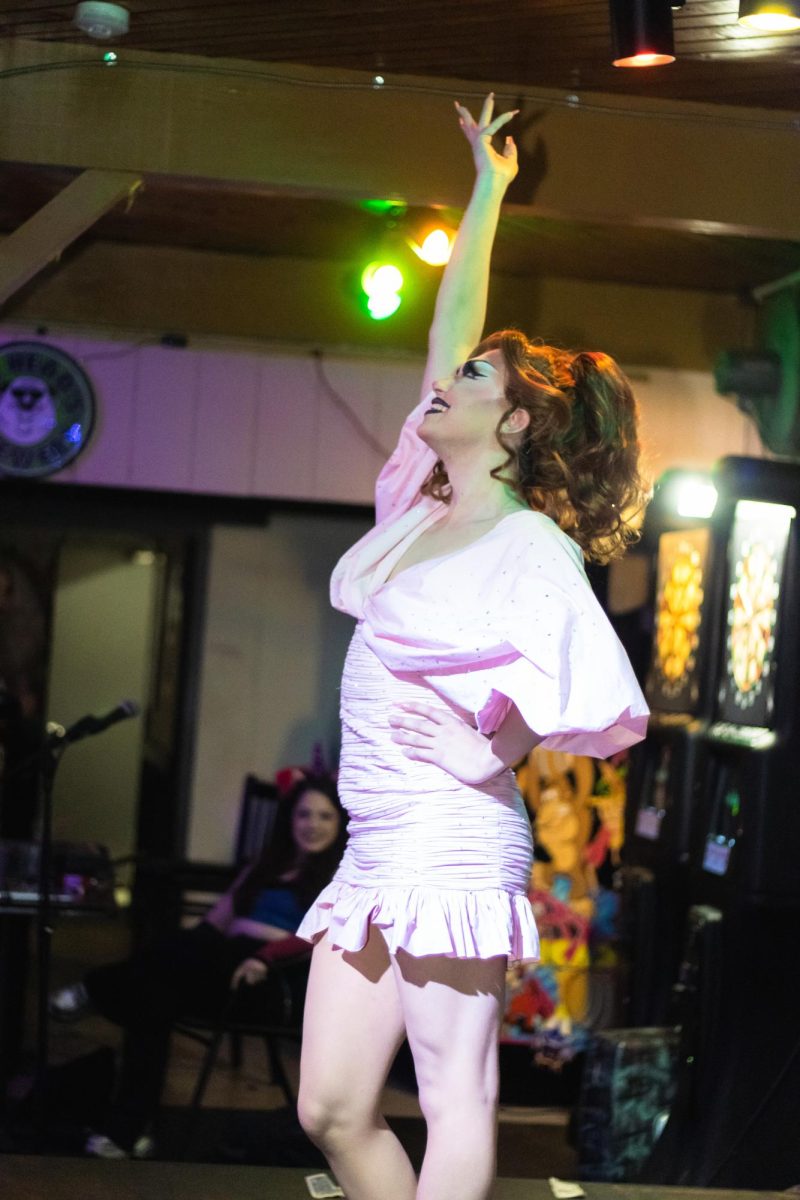
House Bill 245, introduced on July 17, 2023, would ban this event in Ohio. The bill aims to “prohibit adult cabaret performances in locations other than adult cabaret venues,” which would ban drag shows outside 18+ venues even if they are family-friendly.
Honesty for Ohio Education described how the bill defines entertainers who perform while looking different than their gender as harmful or inappropriate to young people and that their performances should only be allowed in places meant for adults. The source added that the targets of this bill are transgender, gender-diverse and gender-non-conforming individuals and communities.
Hess is a queer man who performs as a drag queen. Even though H.B. 245 will impact his life, he mentioned there are others that will suffer more from it. He added that the language used in the bill is very vague and could negatively impact transgender individuals.
“[H.B. 245] could easily be used against trans people because drag queens aren’t walking down the street every day,” he said. “This bill is going to affect trans people trying to live their daily lives more so than it would a drag queen.”
In the past year, Tennessee, Texas and Montana passed laws that also aimed to prohibit drag entertainers from performing in public spaces. At the same time, Florida and Alabama tried to pass similar laws. In the initial four months of 2024, the American Civil Liberties Union has been tracking 489 anti-LGBTQ bills in the United States state legislatures.
Hess sees this attack on queer individuals as people’s fear and ignorance of what they don’t understand, and he can’t make them understand it. What he can do is fight back when someone tries to hurt him or those he cares about.
He has never suffered physical attacks but has suffered many verbal ones. Since the bill was introduced, Hess has become more vigilant of his surroundings when he is in drag while walking from the car to a venue. However, it also made him act more confident when in drag.
When he sees people looking at him funny, he puts his shoulder back, hips forward and struts. Sometimes, he includes a hair toss. Hess noticed that he becomes less of a target when he shows he is comfortable and proud.
Hess said that drag is like any other type of art, such as films, books and music. Some things are appropriate for children, and others are not.
“That is why they have 18+ and 21+ spaces, and you are told in advance how explicit it will be or if explicit content will be involved,” he said. “You don’t walk into a random drag bingo and see someone near fully nude lip-syncing while writhing on the floor. That’s not something that you’re going to see by accident.”
Hess also believes that the majority of drag queens want nothing to do with children in the audience; most of them would “see a kid and roll their eyes.” But those who don’t mind being around children and working on story hours and family-friendly pride events try to normalize drag to a young mind.
He added that children will not think something is weird until someone tells them it is. If they see queer art at a young age, it’s not going to be queer art; it’s going to be just art.
“All drag is playing dress up. Little kids love it when they see this magical individual in a princess ball gown reading a fairy tale to them while they’re sitting in a decorated library,” Hess said. “I don’t think they care whether it’s a man, a woman, or however they identify. It’s just entertainment.”

